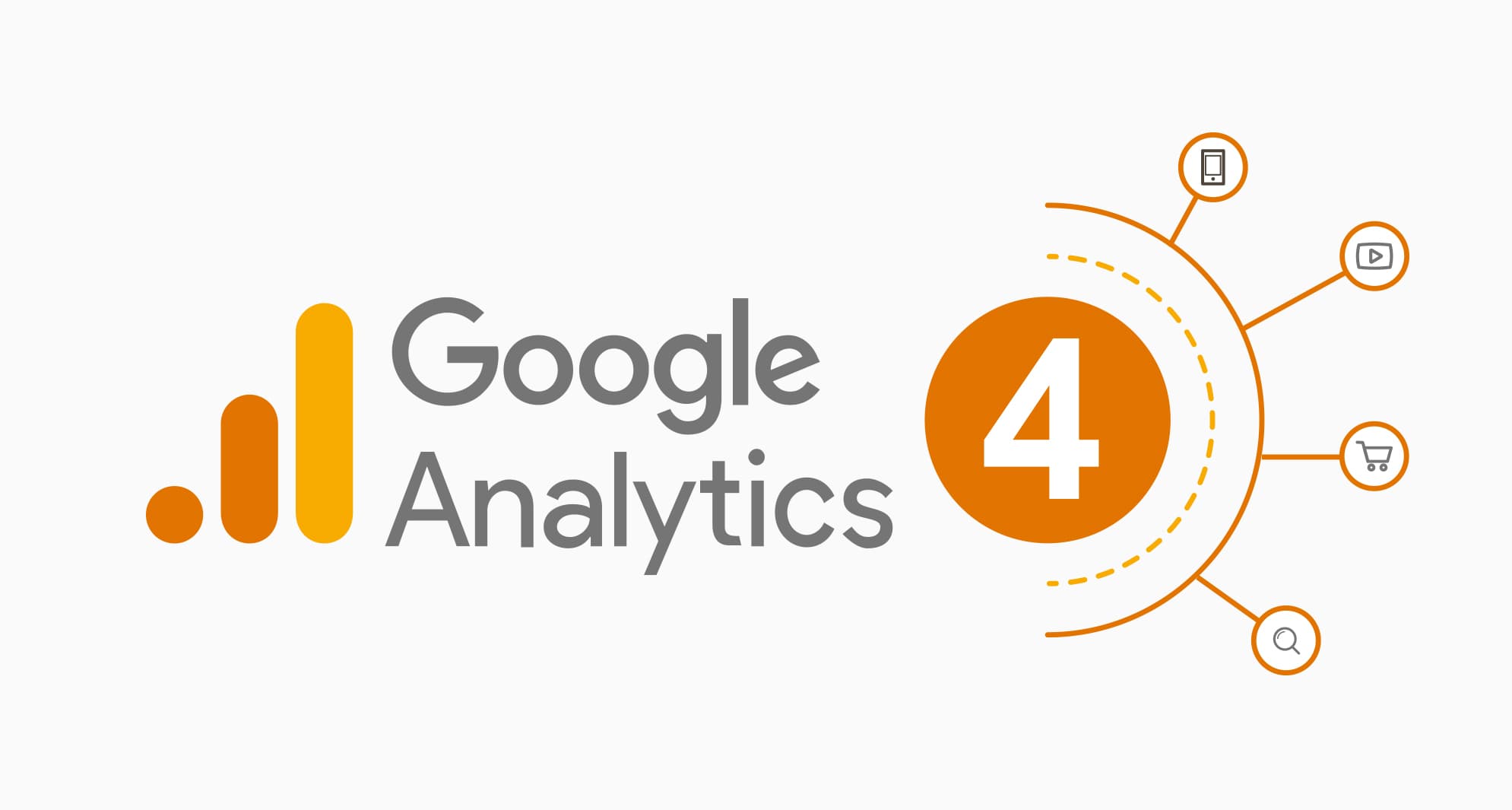A Full Guide to Comprehending When Does the Google Analytics Tracking Code Send an Event Hit to Analytics
A Full Guide to Comprehending When Does the Google Analytics Tracking Code Send an Event Hit to Analytics
Blog Article
Optimize Your Site Efficiency With Google Analytics Tracking Code
In the electronic landscape, recognizing customer communications with your site is critical for optimization. This strategic execution not just informs your choices but also paves the method for a much more interesting customer experience.
Understanding Google Analytics
Understanding Google Analytics is necessary for internet site proprietors and marketing professionals intending to enhance their on-line visibility. This effective device supplies essential understandings right into user actions, permitting stakeholders to make data-driven choices. By tracking numerous metrics, such as web page views, bounce rates, and user demographics, Google Analytics helps identify which aspects of a site are carrying out well and which need improvement.
Among the essential features of Google Analytics is its capacity to section data. Users can assess web traffic sources, customer interaction, and conversion rates throughout different segments, such as geographical locations or tool kinds. This granularity enables marketers to customize their methods to particular target markets, consequently enhancing the performance of their campaigns.

Establishing Monitoring Code
To harness the full potential of Google Analytics, establishing the tracking code appropriately is an essential step. The monitoring code, a bit of JavaScript, enables Google Analytics to accumulate data concerning individual communications on your site. To start, log in to your Google Analytics account and browse to the Admin section. Under the Residential or commercial property column, pick "Tracking Details" and afterwards "Monitoring Code." Here, you will certainly locate your distinct tracking ID, which starts with "UA-" adhered to by a series of numbers.
Next, you'll require to install this code into the HTML of your web site. Preferably, place the monitoring code prior to the closing tag on every page you want to keep track of. If you're utilizing a material management system (CMS) like WordPress, think about making use of plugins that facilitate simple combination.
After executing the code, it's critical to validate its functionality. Utilize the "Real-Time" reports in Google Analytics to verify that data is being gathered as anticipated. By making certain correct setup, you create a solid foundation for effective data analysis and strategic decision-making to enhance your website's performance.
Key Metrics to Monitor
Frequently checking vital metrics in Google Analytics is essential for evaluating your site's performance and user engagement. Amongst the basic metrics to track are web page sights, which supply insight into how often customers see various pages on your website. In addition, one-of-a-kind see this page visitors aid you comprehend the reach of your web content by suggesting how many unique customers are involving with your website over an offered duration.
Bounce rate is another critical statistics, exposing the percentage of site visitors that leave your site after watching just one page. A high bounce price might signal concerns with material relevance or individual experience. Conversely, session period suggests the length of time visitors remain on your site, aiding you assess content performance and individual passion.
Conversion prices are vital for gauging the success of your site in attaining certain goals, such as type submissions or product acquisitions (when does the google analytics tracking code send an event hit to analytics?). Checking web traffic resources is also vital, as it helps recognize which channels drive one of the most traffic and conversions, allowing for even more targeted marketing methods
Analyzing Visitor Actions

Additionally, tracking user paths through the website helps disclose common navigating patterns. This information is essential in figuring out whether users can conveniently find the web content they seek or if they run into challenges that bring about disappointment. Identifying high departure pages can highlight areas that might need redesign or even more interesting material to preserve visitors.
Furthermore, segmenting customers based on demographics, rate of interests, and behavior supplies a much deeper understanding of the target audience. This segmentation makes it possible for companies to customize content and advertising approaches better, enhancing the probability of conversions. Ultimately, evaluating site visitor actions not only notifies internet site enhancements however additionally fosters a much more user-centric technique, bring about enhanced contentment and commitment with time.
Executing Data-Driven Modifications
Implementing data-driven adjustments is vital for boosting site efficiency and accomplishing organization objectives. By leveraging understandings collected from Google Analytics, organizations can identify areas for improvement and make informed decisions to optimize user experience.
First, analyze key performance indicators (KPIs) such as bounce rates, session period, and you can try these out conversion prices to determine details concerns influencing customer involvement - when does the google analytics tracking code send an event hit to analytics?. For circumstances, a high bounce price on a touchdown page might show that the web content is not reverberating with visitors or that the page takes too long to lots

Final Thought
In conclusion, the implementation of Google Analytics tracking code is important for optimizing site performance. By accurately keeping track of user behavior and key metrics, valuable understandings can be obtained, promoting useful content data-driven decision-making.
By tracking numerous metrics, such as web page views, bounce rates, and individual demographics, Google Analytics assists identify which aspects of a website are executing well and which call for enhancement.
Individuals can evaluate traffic resources, individual interaction, and conversion rates across different segments, such as geographical places or device kinds. The monitoring code, a bit of JavaScript, enables Google Analytics to accumulate data about customer interactions on your site.Routinely monitoring vital metrics in Google Analytics is vital for evaluating your website's efficiency and user involvement. By leveraging Google Analytics, web site owners can obtain useful insights right into how customers communicate with their website.
Report this page